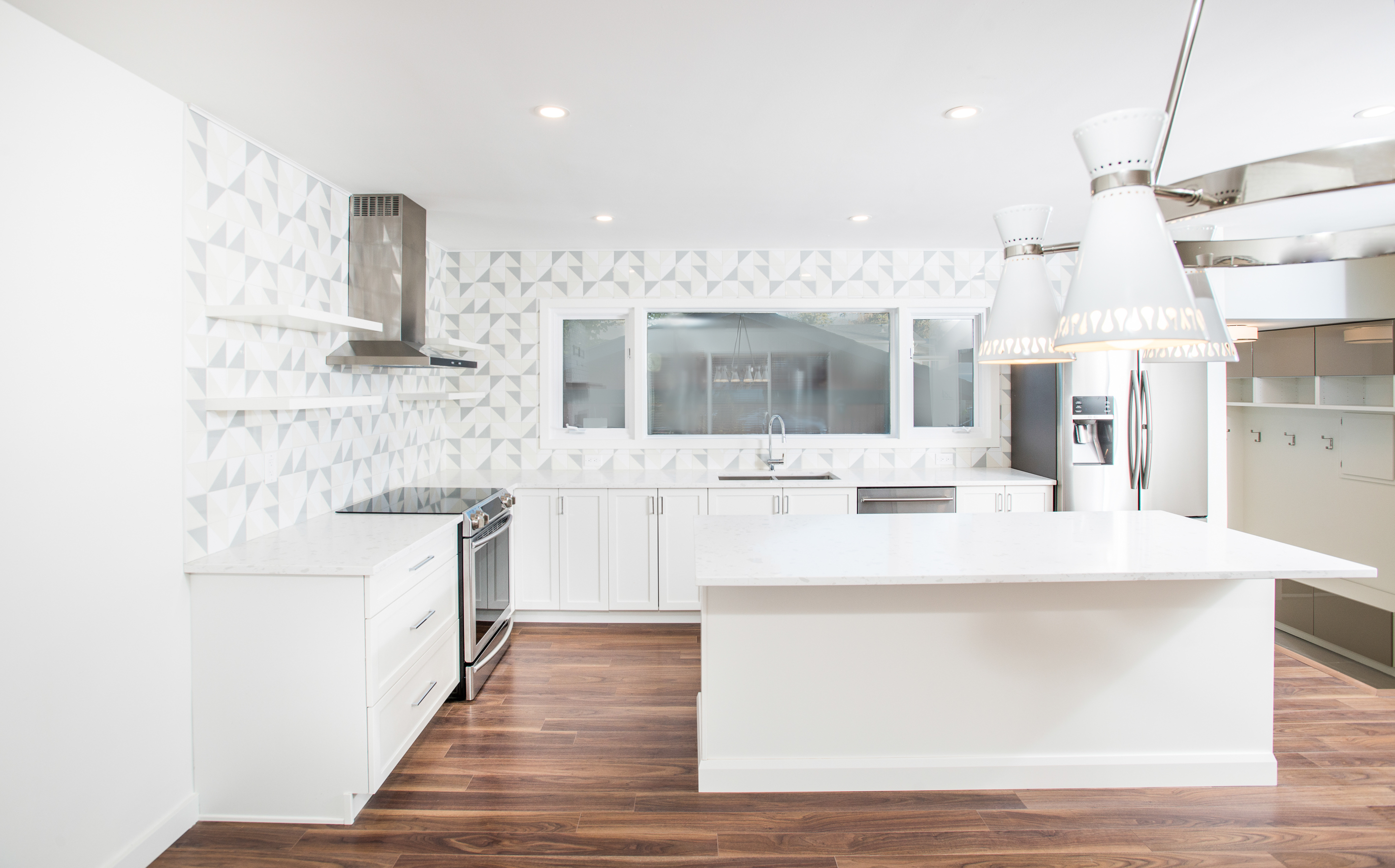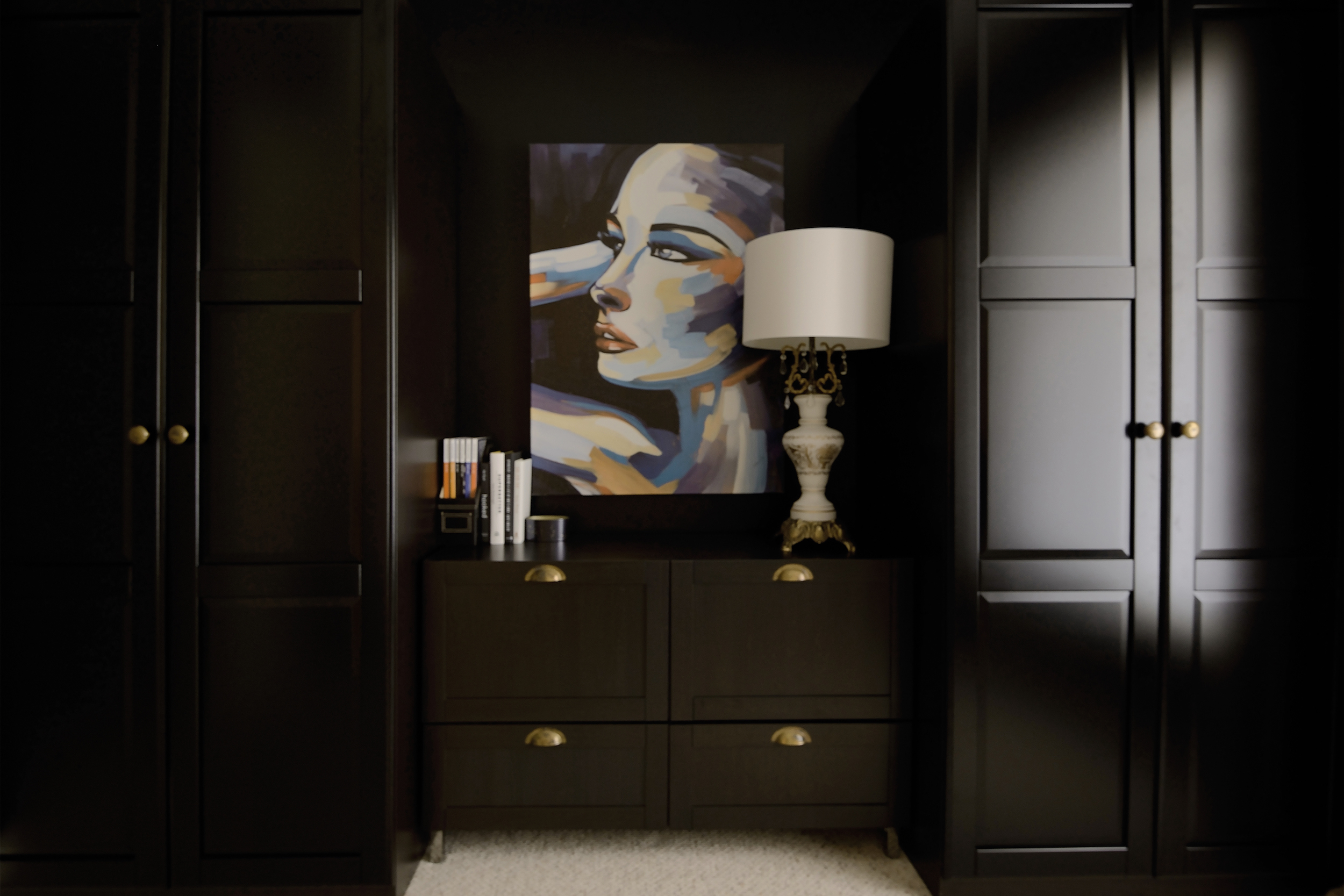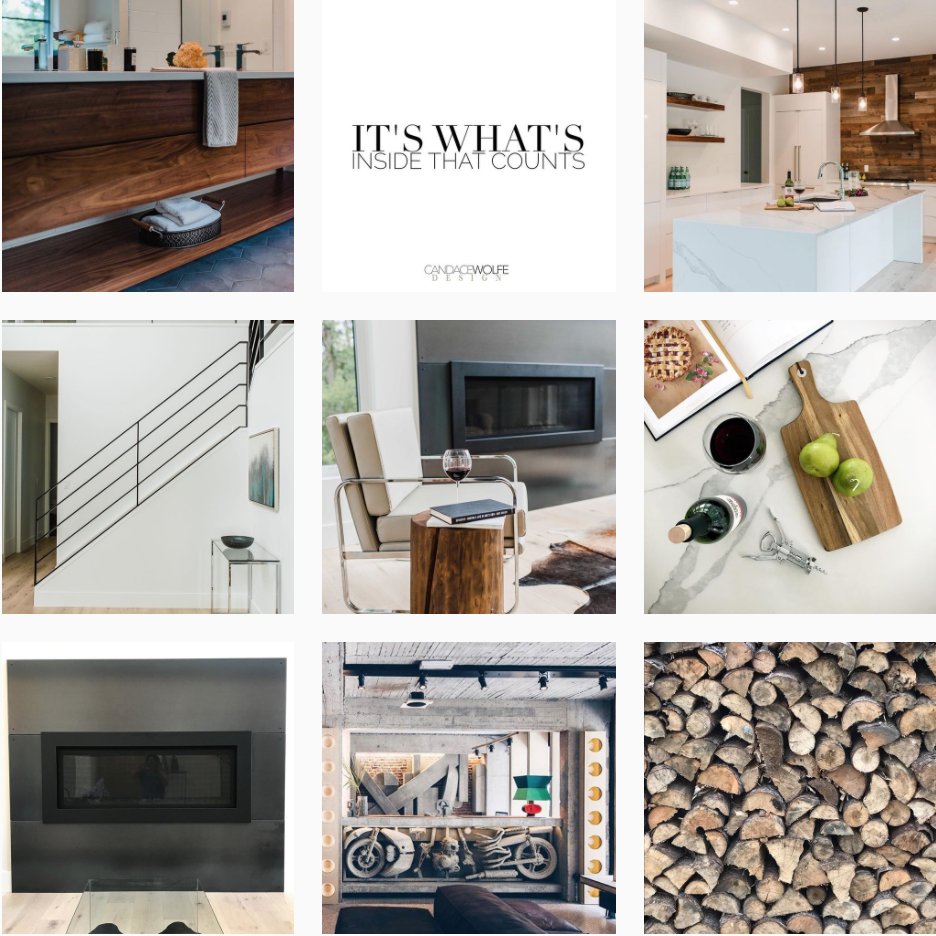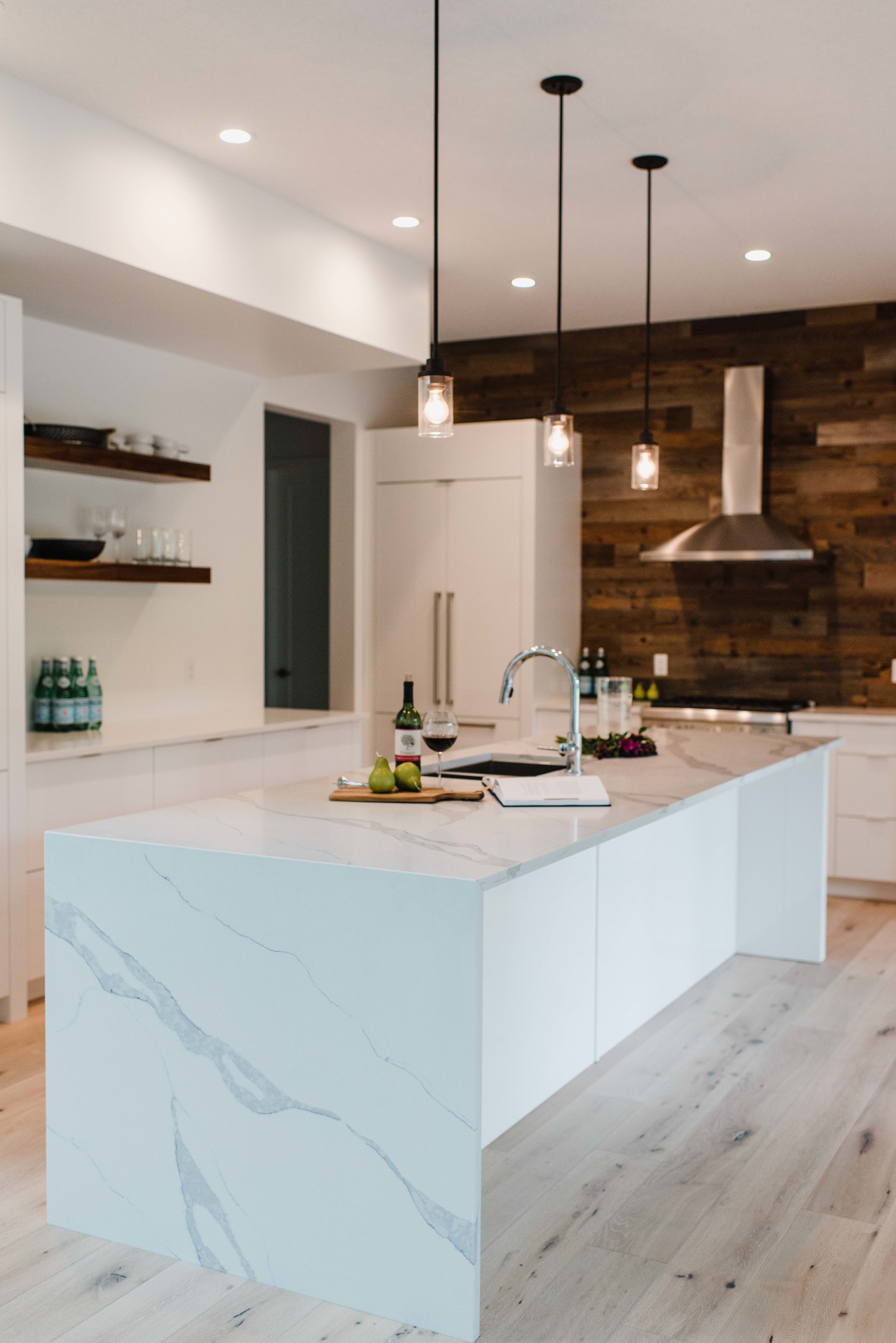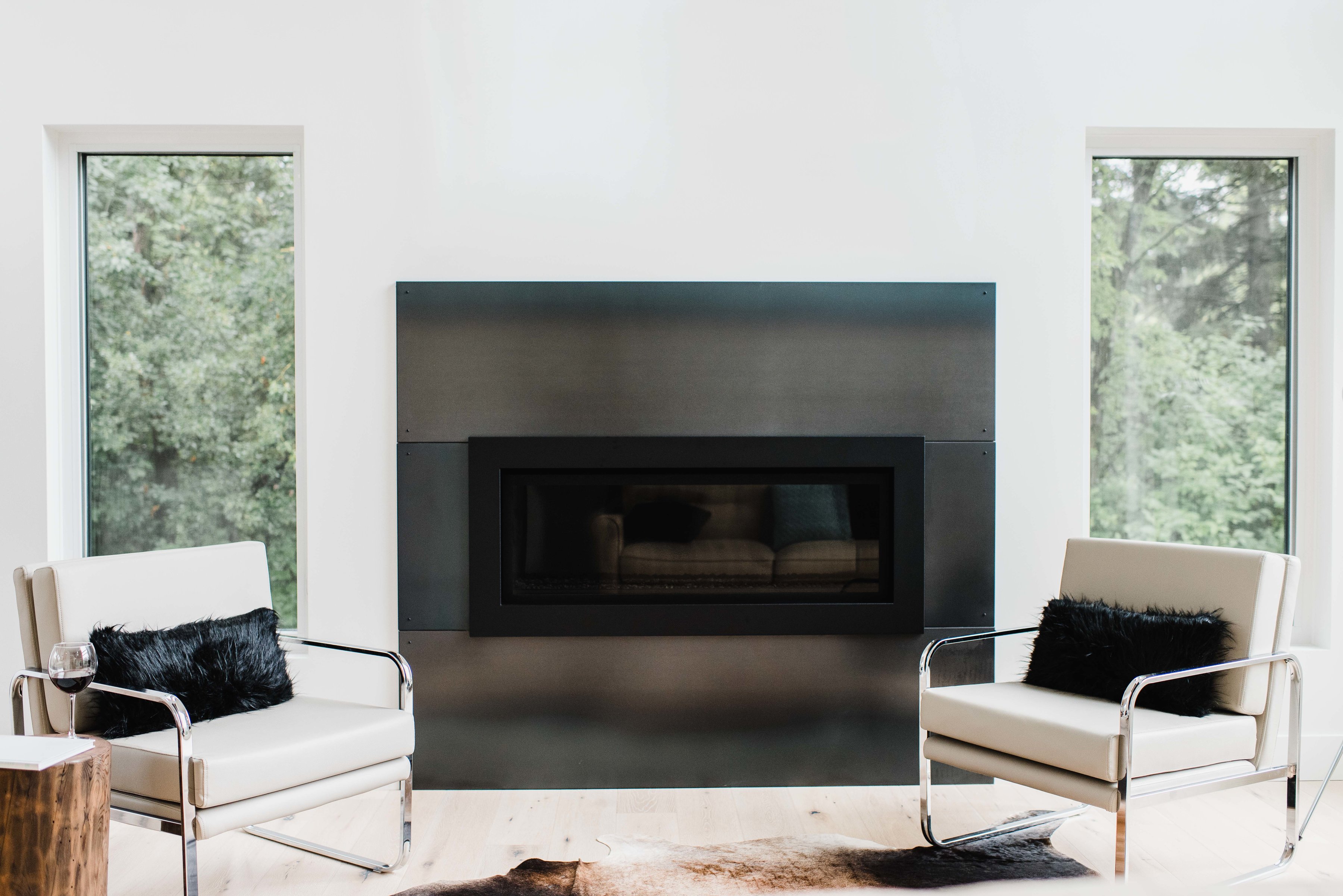
5 Ways Interior Designers Can Target Their Ideal Clients
I often speak with designers who say that they don’t like marketing. However, when I ask a designer who their target market is, the reply is “everyone”. You can do better than that! If you’re in business, you should have a specific target market. You simply can’t create a strategic business plan without it.
When I started my business, I didn’t have a portfolio, so I had to get creative with marketing. I quickly learned that having a portfolio didn’t matter to me. What mattered was how I was perceived in my market and that’s what initially brought me business. I needed to learn how to effectively communicate the message of my company to acquire the clients I wanted while saying no to the projects I didn’t want. Below is a list of what I discovered and the top five things I did to get started.
Written by Ivy Designer Candace Wolfe of Candace Wolfe Design
1. Do what you love
How often do we hear “do what you love and the money will follow”? I don’t know if that is 100% true, but it’s definitely a good start for your marketing plan. If you don’t know who your target market is, make a list of the type of work you enjoy doing the most. Look at all of the tasks you do on a project, and in your business, and only write down the tasks you truly enjoy. For example, if you don’t like selecting window coverings, don’t put it on your list, and definitely do not add it to your website as a service you offer.
Once you have your list of project tasks you truly enjoy, think about the person who needs your services. That is your target market!
2. Build your muse
This is the fun part! Create an avatar of the client who is going to need your talents. Go beyond characteristics like age demographic, and profession. Where do they shop? What do they do on the weekends? What is their theme song? What kind of wine do they drink?
Get into the psyche of the person you’re trying to help. Let your imagination run with this one because the more that you can develop your ideal client, the easier marketing becomes.
Everything you put out there as a business via marketing/advertising, social media, your website, etc. will be directly speaking to your brand muse.
So often I see small business owners who have websites that only list their skills and accolades. Your business is not about you. It’s about your client and the people you serve. Talk to them!
3. Create your brand
Brand has personality. Now that you know exactly who you’re talking to, you can decide how you want to talk to him/her. Consumers are not seeking to buy something but rather buy into something.
Because you know so much about your brand muse, marketing becomes easy. From the font on your website, to the language that you use, to the content on your social media channels, everything you do is for your muse. It becomes a question of ‘does this fit with my brand?’
By knowing your target audience, you will also start to recognize where to spend your time. As a designer, this is your most valuable asset, so it’s crucial to not waste your time networking and marketing where you shouldn’t be.
4. Pick one social media outlet and do it well
It can be very overwhelming to have to set up an Instagram, Pinterest, Facebook, and Twitter page all at once. So my advice is to pick one and do it well! The most common outlet for interior designers is Instagram. Instagram is also the easiest because you don’t necessarily need a lot of content under each photo. But, I challenge you to take Instagram to the next level!
I was once told that your Instagram matrix of 9 is the deciding factor of whether or not someone will follow you. These pretty square images are more than just eye candy – they’re a way to target your ideal market, create a visual portfolio, and develop your brand. These 9 photos should be curated and should be a snapshot of what your business is all about. I plan all of my Instagram content in advance on Later so I know exactly what my grid will look like when put together.
Your matrix should be aesthetically pleasing, show a bit of your personality, highlight work you’ve done (or reflect your style if you don’t yet have a portfolio), and most importantly, speak to your avatar.
Note: While it’s important to show personality and be relatable, this is not the place for wine memes, photos of your kids in the bath, and/or a dumping ground for you to complain about work/life balance. You want your avatar to hire a professional, so be one.
5. Put yourself out there
When I first started my business, I created a blog to gain more traffic to my website. Because I posted all of my blog content on social media, I was able to get a lot of traction to my site. Someone noticed me on social media and I was asked to speak on the Main Stage at the local home show. You have to put yourself out there because no one will know you exist if you don’t!
I found out that I actually enjoy public speaking and I had a blast doing it. The bonus was that I was once again seen as the ‘expert’ in my field. So moral of the story: It’s scary to put yourself out there, but if you want to be successful, you have to get over yourself.
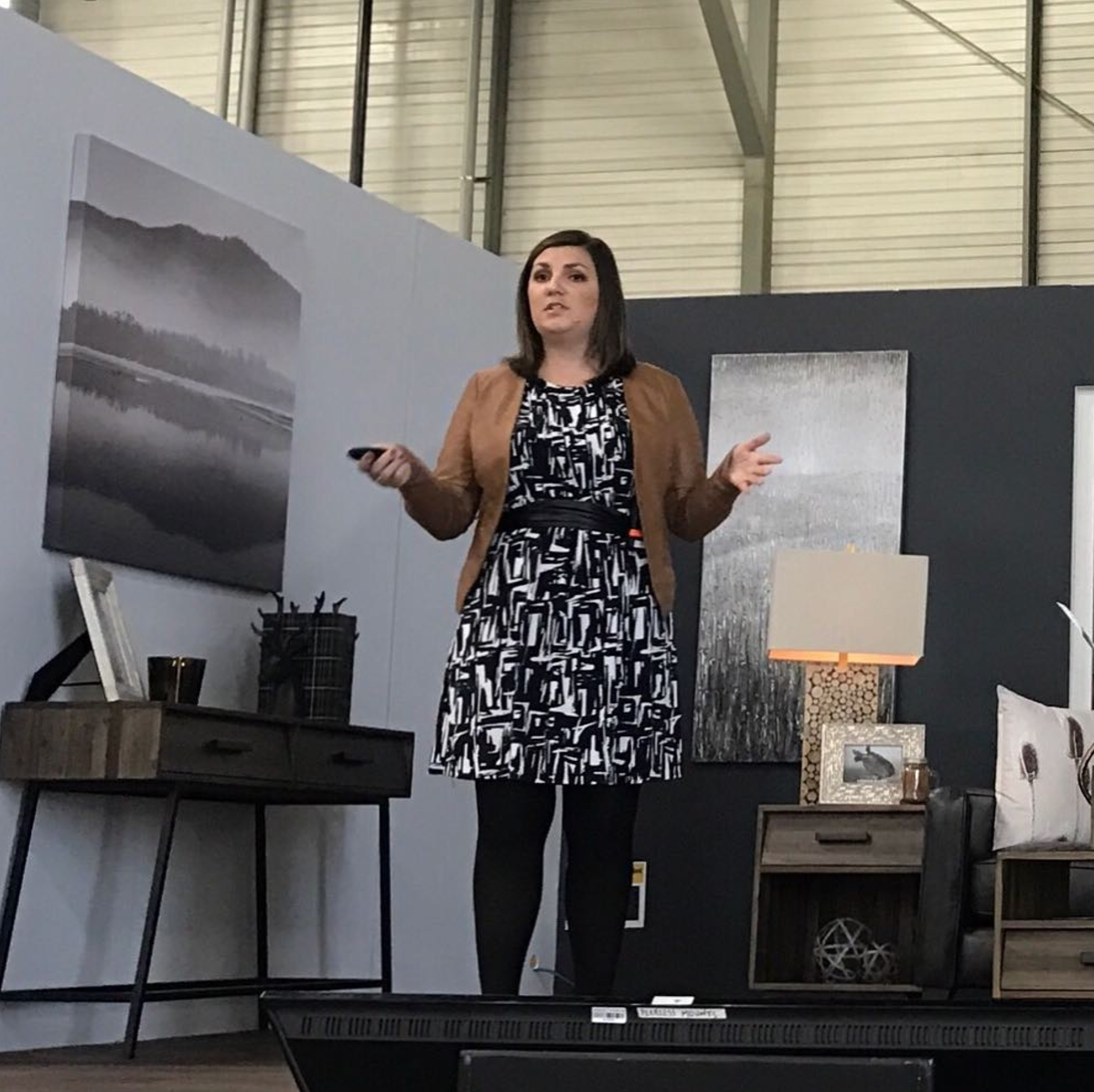
Photo by @204park
I remember when I first hit publish on my website. I was so excited because I was officially in business! Then, nothing happened – radio silence! Little did I know that the real work came after that moment.
Identifying who to target your marketing towards is crucial to running a successful business. This understanding aids in recognizing opportunities and being able to say no to the projects you don’t want. So get out there by building your brand muse and creating a brand so you can start working with your ideal clients!
Here at Ivy, we’re more than just a software. Our mission is to provide interior designers with the community, resources and tools needed to manage your business beautifully. Are you searching for a business management tool to help streamline your workflow as an interior designer?




